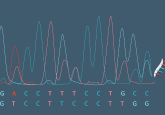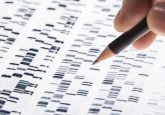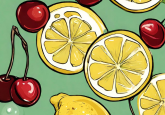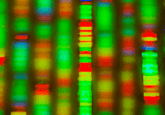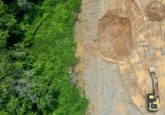Oh King Durian, where did you get your scent?
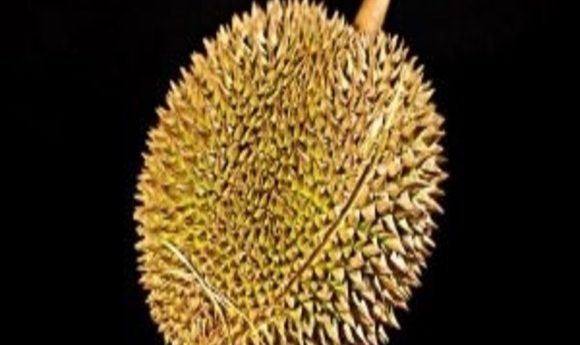
A cancer scientist’s pet project led to uncovering the genes behind the durian fruit’s infamous scent.
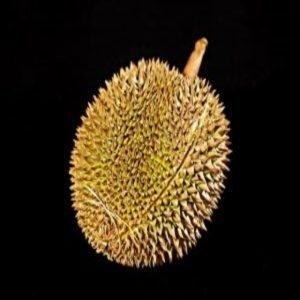
Sulfury, rotten, reminiscent of blue cheese, onion-like, …and heavenly? Depending on the person, these are all accurate descriptions of the durian fruit’s smell. Although popular mainly in Southeast Asian countries, durian has a worldwide reputation for being banned from some public buses, buildings, and hotels because of its offensive smell. Scientists previously identified volatile sulfur compounds (VSCs) that contribute to the fragrance. However, little was known about durian genetics. That changed last month when scientists published the first D. zibethinus (Masang King cultivar) durian genome in Nature Genetics.
Cancer researcher Bin Tean Teh and his colleagues at the National Cancer Center of Singapore are true durian aficionados. “The first thing is we all love durian very much. It is an iconic fruit in the region. It is called the king of fruits,” explained Teh. His team even takes short trips during durian season to enjoy the fresh fruit. “Number two, as scientists, we can’t help but talk about science, and being scientists, we are extremely curious.” Because of these passions, the team decided to sequence the durian fruit genome.
After securing funding from generous donations made by durian lovers, Teh’s team quickly encountered some difficulty. Although they routinely extract DNA from human samples, their standard protocols were not optimized to handle durian’s unique, polysaccharide-rich flesh. After significant troubleshooting, they finally succeeded in collecting enough DNA and began sequencing using a new PacBio RSII platform and Hi-C tools just introduced to their institute.
The next challenge came with assembling the genome. Like many plant genomes, “There are a lot of what we call repetitive regions in the genome, and they make it very difficult to assemble,” said Chern Han Yong, co-lead author. “We really had to leverage these new technologies that can span repetitive regions to allow us to assemble the durian genome.”
The team next conducted RNA sequencing in the durian fruit and compared gene expression to other durian plant organs, revealing enrichment of sulfur-related pathways in the fruit. The fruit also showed increased expression of methionine g-lyase (MGL), which promotes VSC production, and aminocyclopropane-1-carboxylic acid synthase (ACS), which is associated with ethylene-based fruit ripening. Analysis of the durian genome revealed MGL gene family expansion, linking back to durian’s divergence from its cacao and cotton ancestors.
The resulting durian genome is now available in the public domain.
“[Genomic studies] are tremendously important and valuable because it is a huge amount of data that then becomes available for all kinds of applications in terms of both intellectual advances and very practical advances,” said Daniel Potter from the University of California, Davis, who was not involved in the study.
Now that Teh’s work is finished, and funding has been depleted, the team hopes that the durian fruit genome will be a resource for researchers, botanists, and farmers. “We are not durian growers,” Yong explained. “Hopefully, others can take this resource that we provided and maybe breed new durian cultivars that make more efficient use of water, pesticides, land, and so on.”
Understanding the genetic basis for the sulfuric smell may even lead to cultivating a milder smelling fruit. But “For durian lovers, we want to enhance the smell. We might even make it stronger!” Teh laughed.
